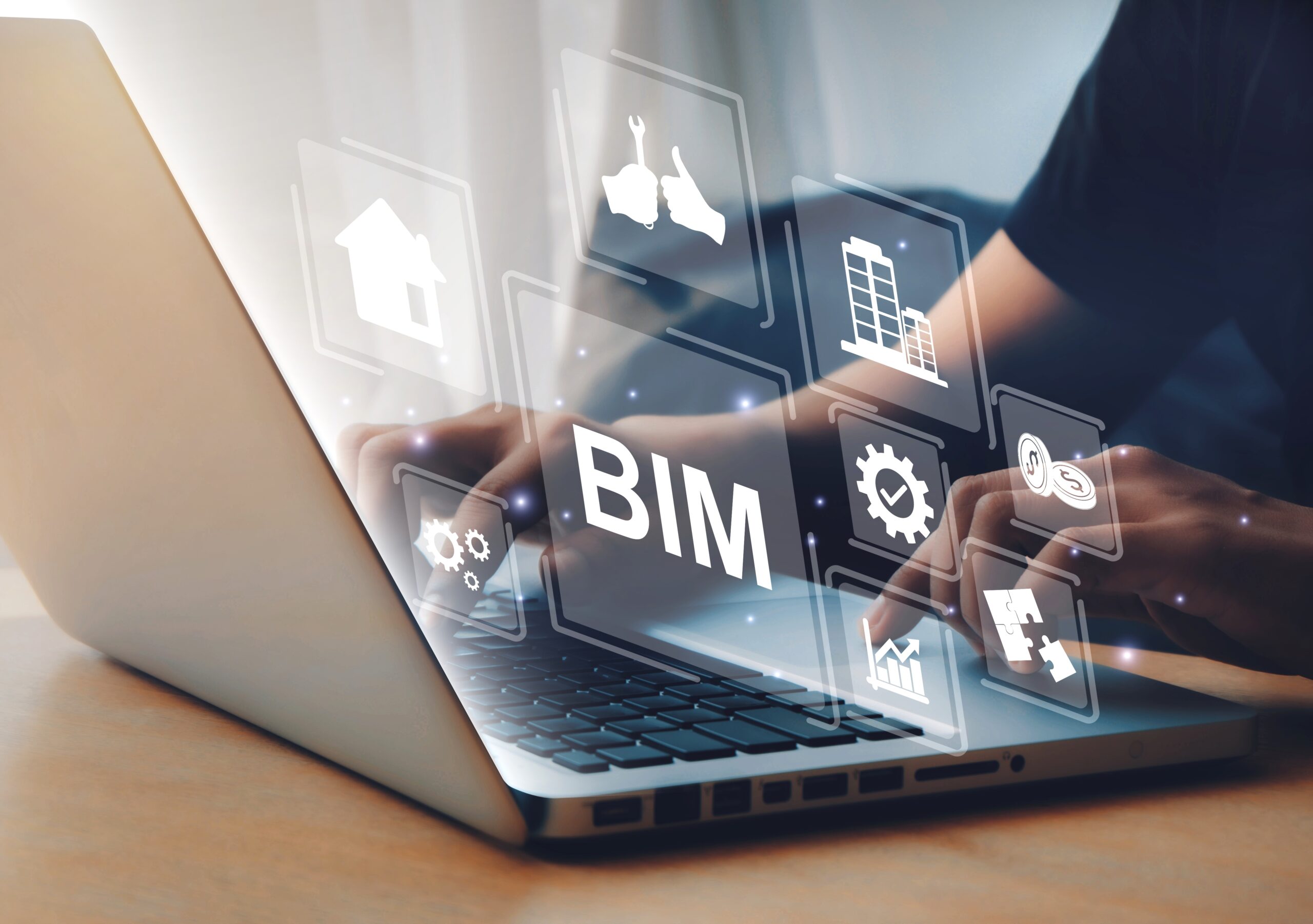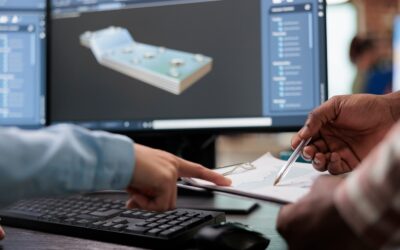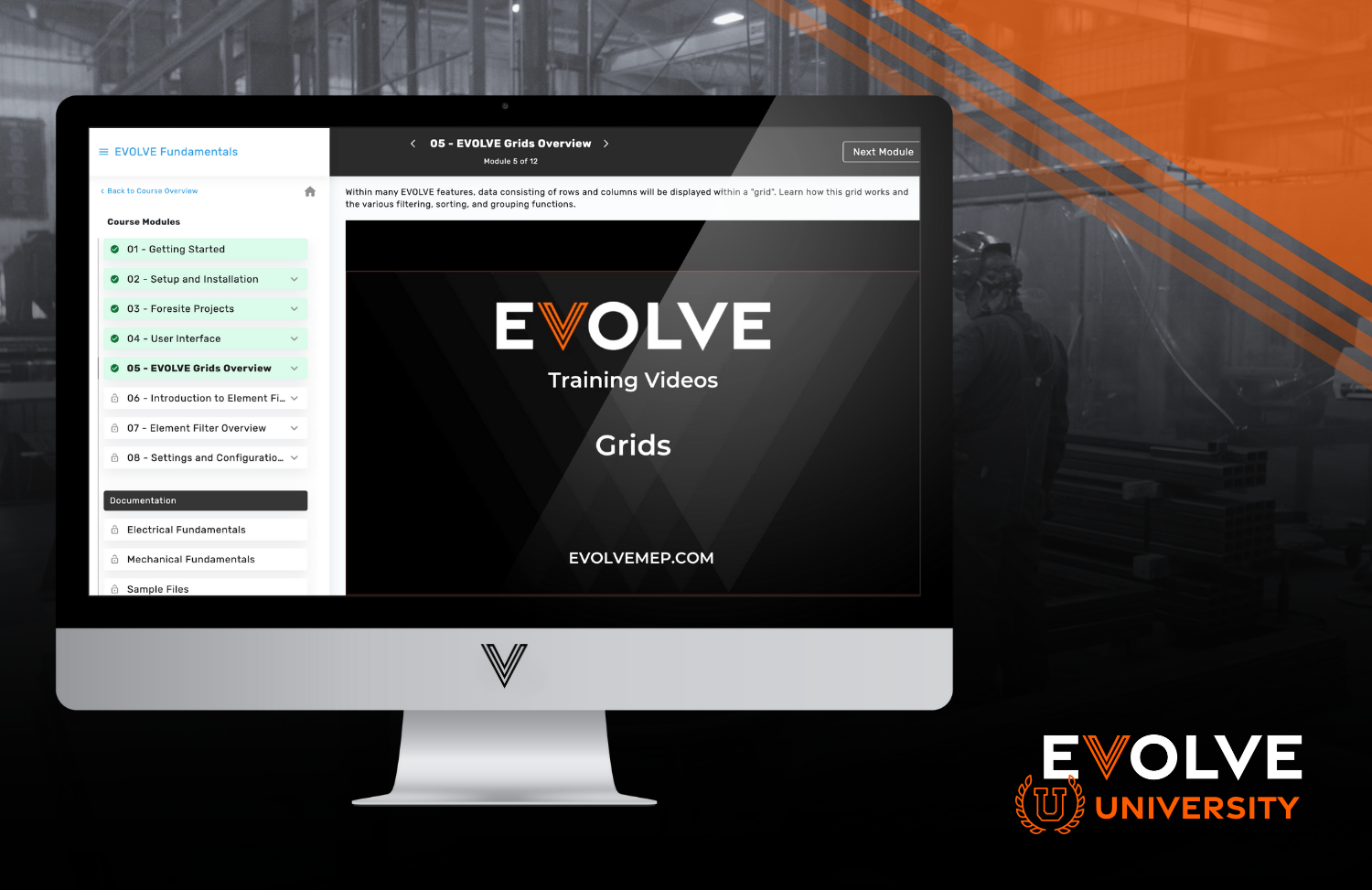In the 2000’s BIM was introduced, and it revolutionized how the construction industry was using technology. Building Information Modeling (BIM) is a digital representation of a building or structure that allows for the management and coordination of information. BIM uses 3D modeling software to create a virtual model of the building, which can be used for design, construction, as well as maintenance planning. BIM also allows for the integration of information such as materials, cost estimates, and energy analysis. It is becoming increasingly popular in the architecture, engineering, and construction industries to improve collaboration, reduce errors, and increase efficiency.
Building Information Modeling (BIM) is important for several reasons:
Improved Collaboration: BIM programs allows architects, engineers, and contractors to work together on a project in a coordinated and efficient manner. Using a common model and data allows design conflicts and inconsistencies to be identified and resolved early in the project.
Better Coordination: BIM encourages better coordination of all aspects of a project, including architectural, structural, mechanical, electrical, and plumbing systems. This can help to ensure that all systems work together seamlessly, and that construction is completed on time and within budget.
Increased Productivity: Many BIM programs have automation features for tasks such as schedule management and quantifying materials. This can save time and increase productivity, allowing projects to be completed more quickly and efficiently.
Better Quality Control: With BIM it is easier to verify and validate the design and construction of a project. This ensures that the final product meets all specifications and standards.
Better Facility Management: BIM provides a detailed digital representation of a building that can be used for facility management and maintenance. Better models make for more effective scheduling of maintenance and repairs and can help to identify potential problems before they become critical.
Sustainable Design: With better models it is easier to evaluate the environmental impact of a building design and to identify ways to make it more energy-efficient and sustainable.
Cost Savings: BIM can help to reduce costs by identifying potential problems early in the design process, reducing the need for change orders and rework during construction, and providing a more accurate cost estimate.
Building Information Modeling (BIM) is important for several reasons:
Improved Collaboration: BIM programs allows architects, engineers, and contractors to work together on a project in a coordinated and efficient manner. Using a common model and data allows design conflicts and inconsistencies to be identified and resolved early in the project.
Better Coordination: BIM encourages better coordination of all aspects of a project, including architectural, structural, mechanical, electrical, and plumbing systems. This can help to ensure that all systems work together seamlessly, and that construction is completed on time and within budget.
Increased Productivity: Many BIM programs have automation features for tasks such as schedule management and quantifying materials. This can save time and increase productivity, allowing projects to be completed more quickly and efficiently.
Better Quality Control: With BIM it is easier to verify and validate the design and construction of a project. This ensures that the final product meets all specifications and standards.
Better Facility Management: BIM provides a detailed digital representation of a building that can be used for facility management and maintenance. Better models make for more effective scheduling of maintenance and repairs and can help to identify potential problems before they become critical.
Sustainable Design: With better models it is easier to evaluate the environmental impact of a building design and to identify ways to make it more energy-efficient and sustainable.
Cost Savings: BIM can help to reduce costs by identifying potential problems early in the design process, reducing the need for change orders and rework during construction, and providing a more accurate cost estimate.





